Iridoteuthis
Iridoteuthis iris
Richard E. Young and Michael VecchioneIntroduction
Iridoteuthis iris is a small heteroteuthin (28 mm ML) with a broad, dorsal head-to-mantle fusion and unusually large fins, eyes and ventral shield. It is known only from Hawaiian waters.
Brief diagnosis
A heteroteuthin ...
- with mantle broadly fused to head dorsally.
- with enlarged suckers mostly on arms I and III in males.
Characteristics
- Arms
- Arms I in males not strongly modified; dorsal series of suckers reduced in size on distal region of arms; each arm I with 20-28 suckers (mean 24.4).
- Arms II in males each with slightly enlarged suckers on middle of arms; 22-31 suckers (mean 25.1).
- Arms III in males each with several greatly enlarged suckers in midarm of dorsal series; distal to enlarged suckers a short area without suckers and only sucker stalks (=pedicels); 24-31 suckers (mean 27.1).
- Arms IV in males each with 10-20 relatively large suckers in proximal half; distal half with 70+ suckers in four series.
- Enlarged dorsal keels at tips of arms I-III in males.
- Tips of arms I in females bare; each arm with 18-32 suckers (mean 28.3).
- Arms II in females with 24-45 suckers (mean 39.0) each.
- Distal region of each arm III in females with elongate trabeculae, no suckers; proximal region with 18-27 suckers (mean 22.0).
- Distal region of each arm IV in females with elongate trabeculae, no suckers; proximal half with 6-14 relatively large suckers; next quarter with 10-30 smaller suckers in somewhat irregular series.
- Arms I in males not strongly modified; dorsal series of suckers reduced in size on distal region of arms; each arm I with 20-28 suckers (mean 24.4).
- Tentacles
- Tentacular club with two sucker fields: distal half with minute, crowded suckers (ca. 19 suckers across), proximal suckers slightly larger, less crowded (ca. 11 across).
- Funnel
- Funnel locking-apparatus with deep, curved, anterior pit.
Figure. Funnel/mantle locking-apparatus of I. iris, Hancock Seamount, 29°46'30"N, 179°03'36"E, NMNH 817723, left = anterior. Top - Side-oblique view of the mantle component. Bottom - Frontal view of the funnel component. Photographs by M. Vecchione.
- Mantle
- Dorsal mantle broadly fused to head (fusion nearly reaches posterior midpoints of eyes).
- Ventral-mantle shield large (ca. 80% of ventral mantle length); extends nearly to anterior margin of eyes; with medial anterior indentation.
- Mantle with middorsal arch.
Figure. Left - Lateral view of I. iris, male, 24 mm ML. Drawing from Harman and Seki (1990). Right - Dorsolateral view of I. iris. Arrow indicates point of head-mantle fusion. Photograph by Thomas Burch.
- Fins
- Fins with pointed posterior lobes; extend to posterior margin of mantle.
- Fins with pointed posterior lobes; extend to posterior margin of mantle.
- Measurements and counts
Sex Male Male Male Male Female Female Female Female Mantle length 8.5 11.5 15.5 24.1 9.5 13.0 15.5 28.4 Total length 19.5 31.0 41.0 60.1 24.0 28.5 32.0 46.6 Head width 12.5 14.5 18.0 20.2 13.5 15.0 17.3 17.4 Ventral mantle length 13.0 20.0 24.5 30.0 13.5 20.0 21.5 29.8 Mantle width 7.0 11.0 13.5 16.2 7.5 10.5 11.4 15.0 Shield length 11.5 17.0 20.5 24.8 12.3 17.0 20.9 26.9 Eye diameter 7.5 11.0 13.5 15.7 6.7 10.0 11.5 14.5 Eye lens diameter 3.0 3.0 4.4 4.5 2.5 3.5 2.0 3.4 Fin width 26.5 28.5 37.0 42.5 21.3 29.0 32.1 36.0 Fin length 12.5 16.0 19.0 21.8 12.4 16.5 17.7 18.4 Fin base 6.0 8.0 19.5 12.2 6.2 7.0 8.4 7.7 Tentacle club length 4.5 5.0 6.5 7.1 3.5 6.0 6.0 9.5 Tentacle length 21.0 29.0 26.0 41.5 11.0 35.0 31.0 51.8 Arm I, length 6.0 14.0 19.5 23.2 7.5 9.0 10.3 13.9 Arm II, length 6.0 14.0 19.5 23.3 8.0 9.0 10.4 15.5 Arm III, length 7.5 15.0 22.5 28.2 9.0 10.0 13.8 14.9 Arm IV, length 6.0 11.0 15.0 20.1 8.0 9.5 11.4 16.3
Comments
This description is mostly from Harman and Seki (1990).
After examining specimens of Iridoteuthis maoria, Harman and Seki (1990) concluded that I. maoria has:
- relatively smaller aboral keels on the arms of the male.
- most of the enlarged suckers on arms II with few on arms III (the opposite of I. iris).
- a much thicker right arm I than left arm I (arms I are the same in I. iris).
- less numerous and less densely packed club suckers.
Distribution
Type locality: Off the south coast of Molokai Isl, Hawaiian Archipelago, central North Pacific from over a bottom depth of 280 m. Subsequently captured at a variety of localities along the Hawaiian Archipelago from about 21°N, 157°W to about 32°N, 177°E. All captures are close to islands or seamounts and are from relatively shallow fishing depths (ca. 150-300 m). I. iris appears to be a member of the mesopelagic boundary fauna occuring over bottom depths of less than 450 m (Young, 1995).
References
Harman, R. F. and M. P. Seki. 1990. Iridoteuthis iris (Cephalopoda: Sepiolidae): New records from the central North Pacific and first description of the adults. Pac. Sci. 44: 171-179.
Young, R. E. 1995. Aspects of the natural history of pelagic cephalopods of the Hawaiian mesopelagic-boundary region. Pacific Science 49: 143-155.
Title Illustrations

| Scientific Name | Iridoteuthis iris |
|---|---|
| Location | off Hawaii |
| View | Side |
| Size | about 18 mm ML |
| Copyright | © 1996 Thomas Burch |
| Scientific Name | Iridoteuthis iris |
|---|---|
| Location | Hawaiian waters |
| Reference | Harman, R. F. and M. P. Seki. 1990. Iridoteuthis iris (Cephalopoda Sepiolidae): New records from the cental North Pacific and first description of the adults. Pacific Science, 44:171-179. |
| Sex | Male |
| View | Dorsal and ventral |
| Size | 24 mm ML |
| Copyright | © 2004 Pacific Science |
About This Page
Richard E. Young

University of Hawaii, Honolulu, HI, USA

National Museum of Natural History, Washington, D. C. , USA
Page copyright © 1996 Richard E. Young and
- Content changed 11 January 2007
Citing this page:
Young, Richard E. and Vecchione, Michael. 2007. Iridoteuthis . Iridoteuthis iris . Version 11 January 2007 (under construction). http://tolweb.org/Iridoteuthis_iris/20032/2007.01.11 in The Tree of Life Web Project, http://tolweb.org/




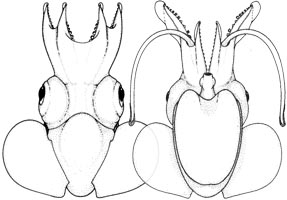
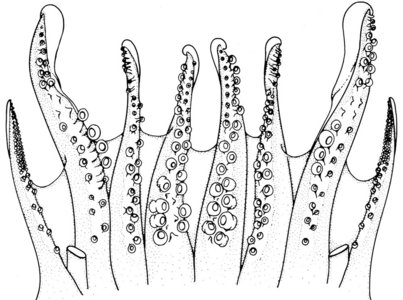
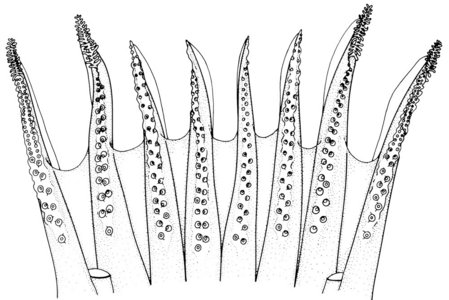
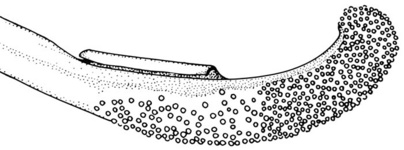
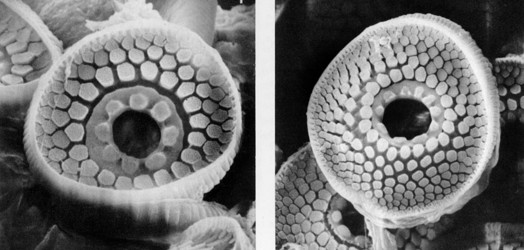
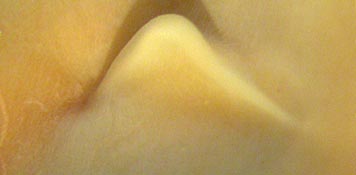
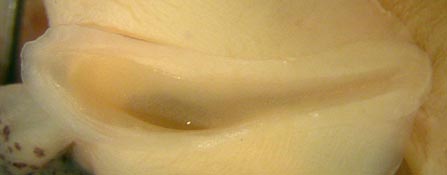
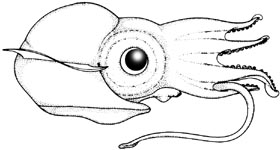
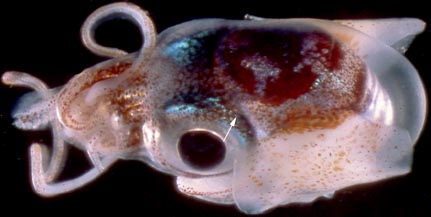
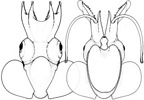


 Go to quick links
Go to quick search
Go to navigation for this section of the ToL site
Go to detailed links for the ToL site
Go to quick links
Go to quick search
Go to navigation for this section of the ToL site
Go to detailed links for the ToL site